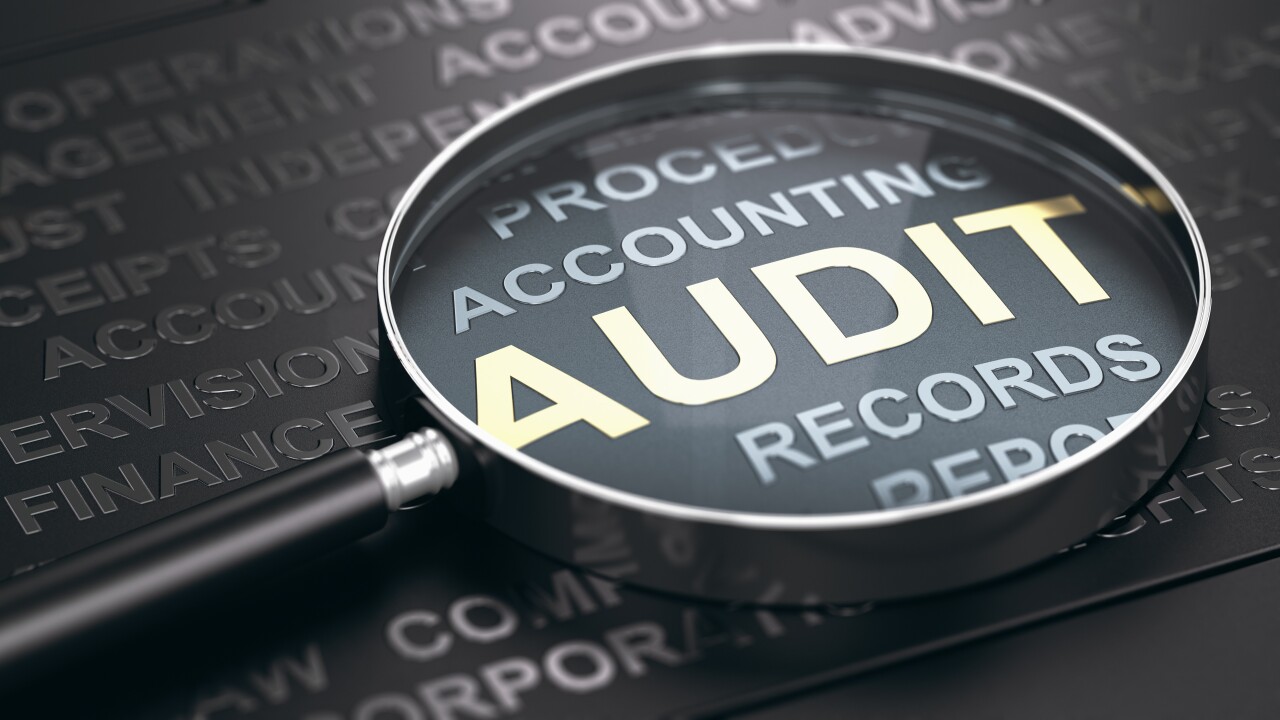The tax filing season is in full swing, and
Most Americans will see smaller refunds due to the expiration of pandemic credits and rebates. Many investors face jolting capital gains bills on mutual fund distributions, even as their funds lost money in the horrible stock and bond markets that were 2022.
And after unexpectedly telling millions of Americans in early February to hold off filing a federal return while the tax fate of state credit and rebates was sorted out, the Internal Revenue Service
High net worth investors typically farm everything out to their financial advisors and accountants, so they're probably not among the nearly 3 in 10 Americans
Many high earners file for an extension to Oct. 15 as the K-1 form, for partnerships and similar entities that pass their tax bills through to shareholders, doesn't arrive until March 15 at the earliest. The document shows an investor's share of income, losses and dividends from a business.
Amid the introduction of two new forms known as K-2 and K-3 that are the IRS's new method of tracking the international side of a pass-through entities business, some wealthy investors can expect a bumpy paper road.
Separately, higher earners may be more likely to cheat on their taxes, according to research by Finder. The personal finance website
Of those who admitted to lying on their returns, 31% said they had hidden additional income from investments. Given that brokerages send a copy of an investor's annual investing activities to the IRS, the omissions could signal fibbing on real estate and cryptocurrency trades.
Audits of the affluent have been declining for years. In 2021, just 4.5 out of every 1,000 individuals who earned between $200,000 and $1 million — less than half of 1% — were audited,
But that doesn't mean filing-season mistakes don't
Scroll through our slideshow to read about five tax pitfalls that affluent Americans commonly face when filing their federal returns.











